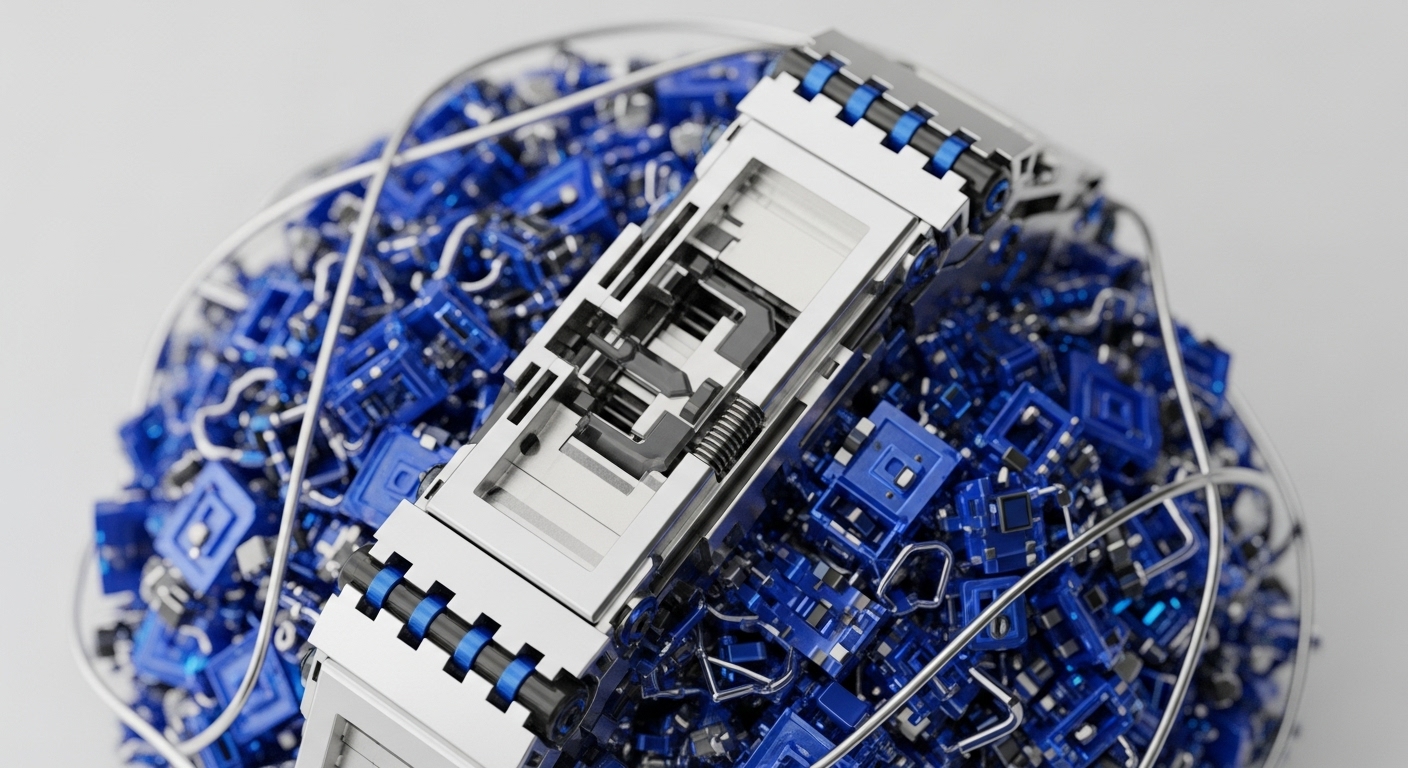
Briefing
The core research problem is the foundational incompatibility between signer accountability and proactive key share refresh in threshold signature schemes, forcing high-security applications to choose between traceability and continuous security maintenance. This paper proposes the Accountable Threshold Signature with Proactive Refresh (ATS-PR), a novel hybrid primitive that solves this deadlock by layering a refreshable $n$-out-of-$n$ threshold scheme over an accountable $t$-out-of-$n$ scheme. The foundational breakthrough is the ability to periodically refresh the underlying key shares non-disruptively, rendering compromised shares useless over time without altering the public key or sacrificing the ability to trace the signing quorum. The single most important implication is the establishment of a robust, future-proof security standard for decentralized custody and financial systems that requires both strong fault tolerance and legal traceability.

Context
Before this work, the established theory of threshold signatures required a trade-off → systems could either implement accountable signatures (ATS) to identify malicious signers or use proactive refresh (PR) to continuously protect key shares from gradual compromise. The prevailing theoretical limitation was that refreshing key shares typically necessitated a costly, multi-round re-keying protocol and a change in the public key, which was operationally prohibitive for high-frequency custody services. This forced a critical security compromise where key shares remained static, vulnerable to long-term exposure.

Analysis
The paper’s core mechanism, ATS-PR, achieves its goal through a two-level cryptographic construction. It leverages a refreshable $n$-out-of-$n$ scheme (S1) to govern the public key of a separate, accountable $t$-out-of-$n$ scheme (S2). Conceptually, S1 acts as a persistent, secure root of trust that never changes its public key, while S2 generates epoch-specific signing keys. The logic for proactive refresh involves refreshing the S1 key shares and then using S1 to sign the newly generated public key of S2.
This process updates the individual key shares (the “moving target”) without requiring a public key change or a complex, full re-keying ceremony. The mechanism is fundamentally different from prior methods that required re-registration of a new public key after every refresh.

Parameters
- Security Feature → Accountable Proactive Refresh – Achieves both signer traceability and continuous key share security.
- Refresh Requirement → Non-Interactive for S1 – The core refresh mechanism requires minimal or no interaction from all parties simultaneously.
- Complexity Trade-off → Weaker Security/Lower Cost – Practical constructions exist that offer reduced communication overhead at the cost of a weaker security definition.
- Target Application → Financial Custody Services – Directly addresses the need for periodic key refreshes in high-stakes financial settings.

Outlook
This research immediately unlocks the next generation of highly regulated decentralized applications, particularly in institutional DeFi and decentralized identity, where both security and compliance are mandatory. The next steps involve optimizing the communication complexity of the generic ATS-PR construction and developing more efficient lattice-based instantiations for post-quantum security. Within three to five years, this theory will likely become the standard for multi-party computation (MPC) wallets and DAO treasury management, providing the cryptographic assurance necessary to withstand adaptive, long-term attacks while ensuring governance transparency through inherent accountability.

Verdict
The Accountable Threshold Signature with Proactive Refresh establishes a new, non-compromised security foundation for distributed systems, making continuous key security compatible with necessary regulatory and governance traceability.
